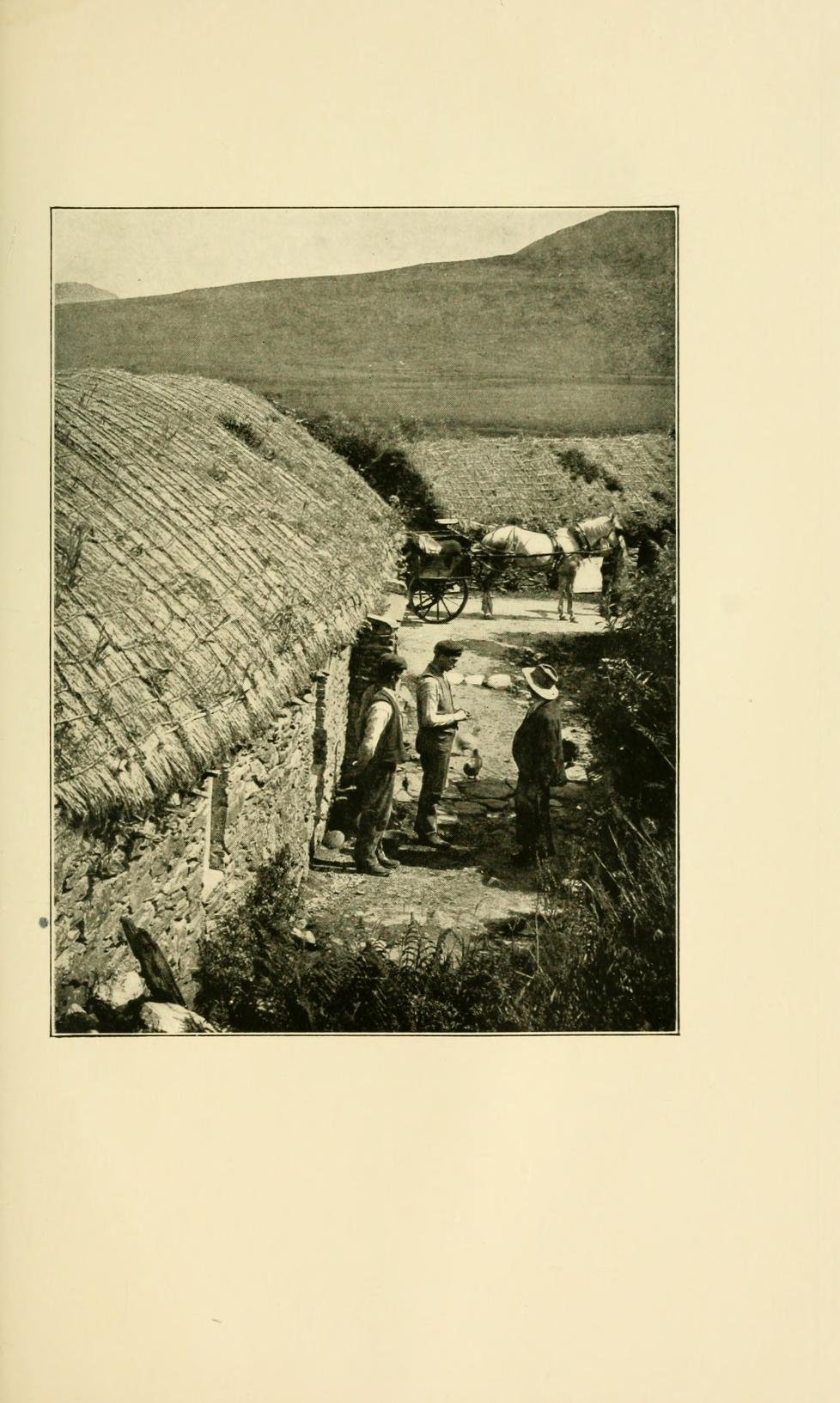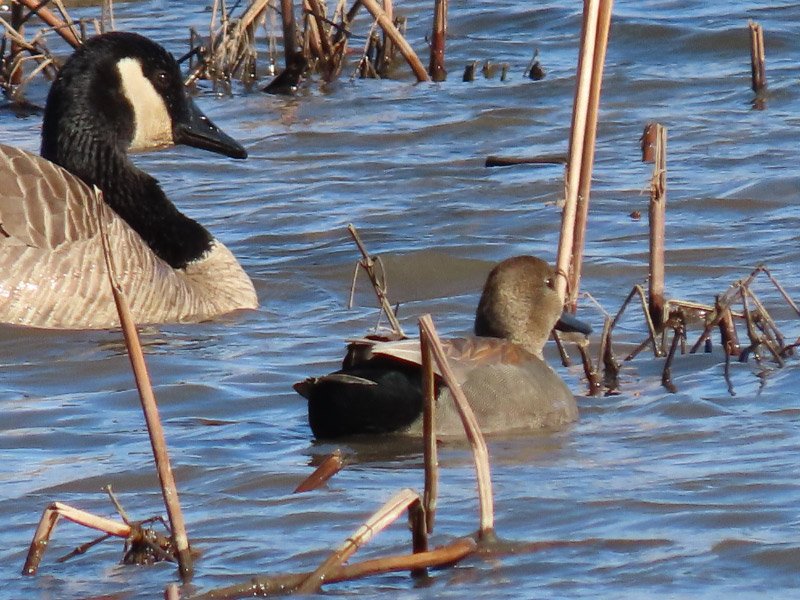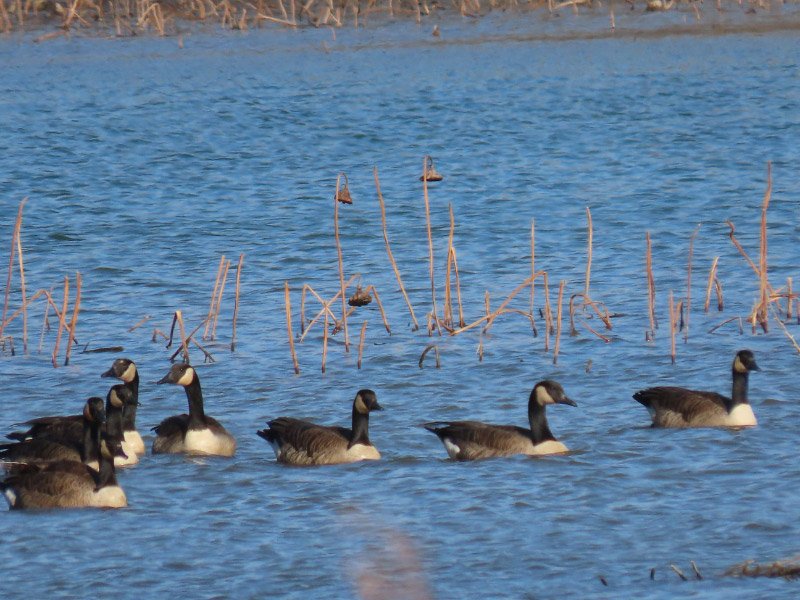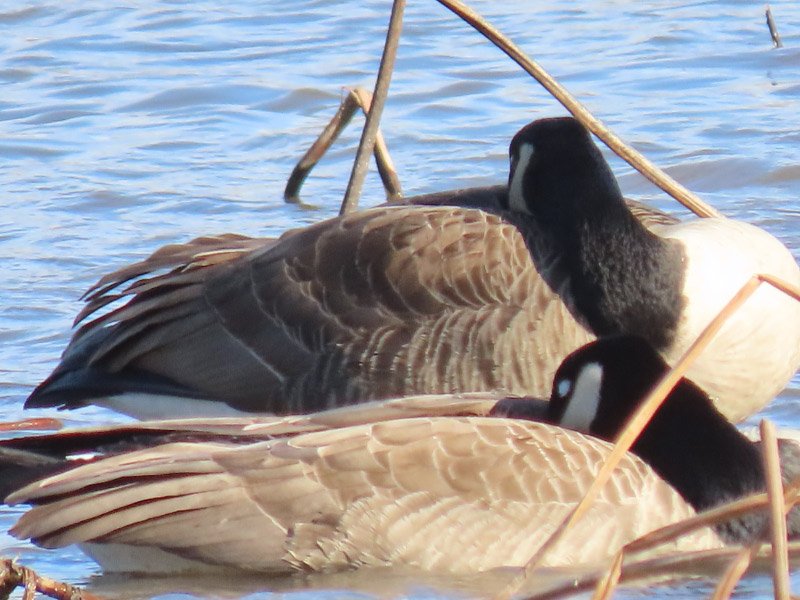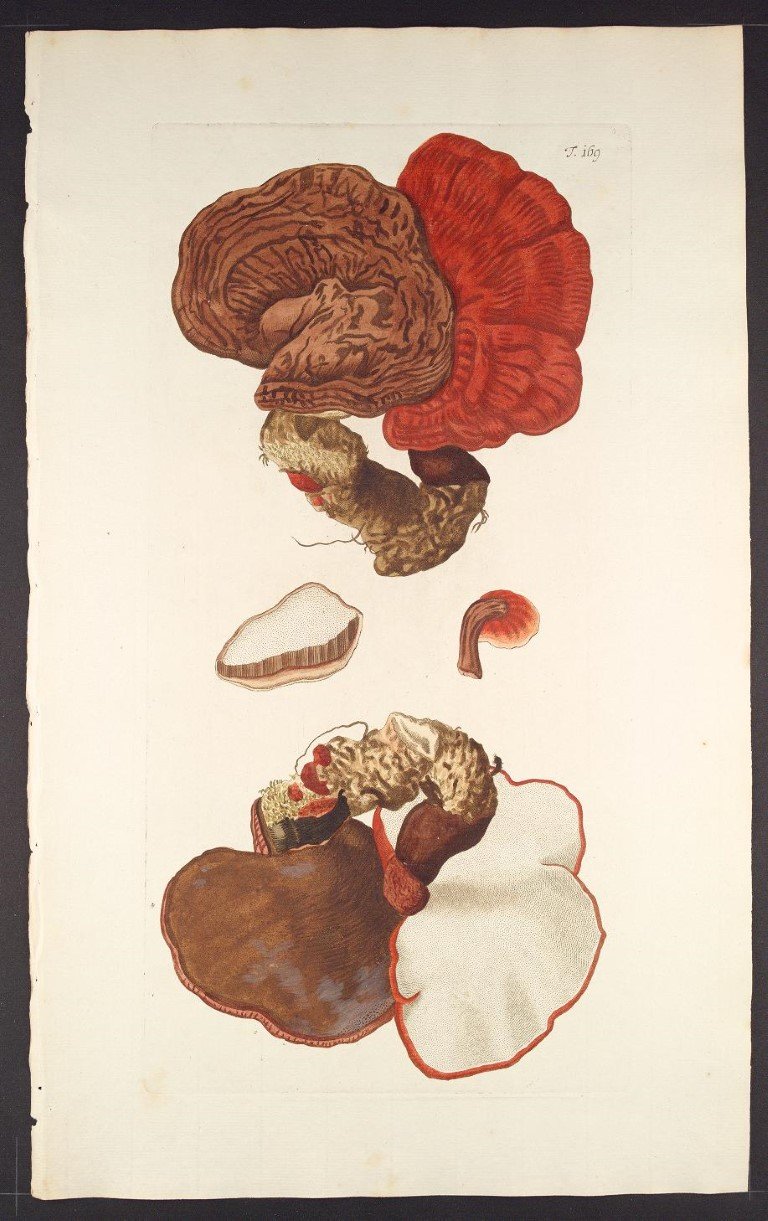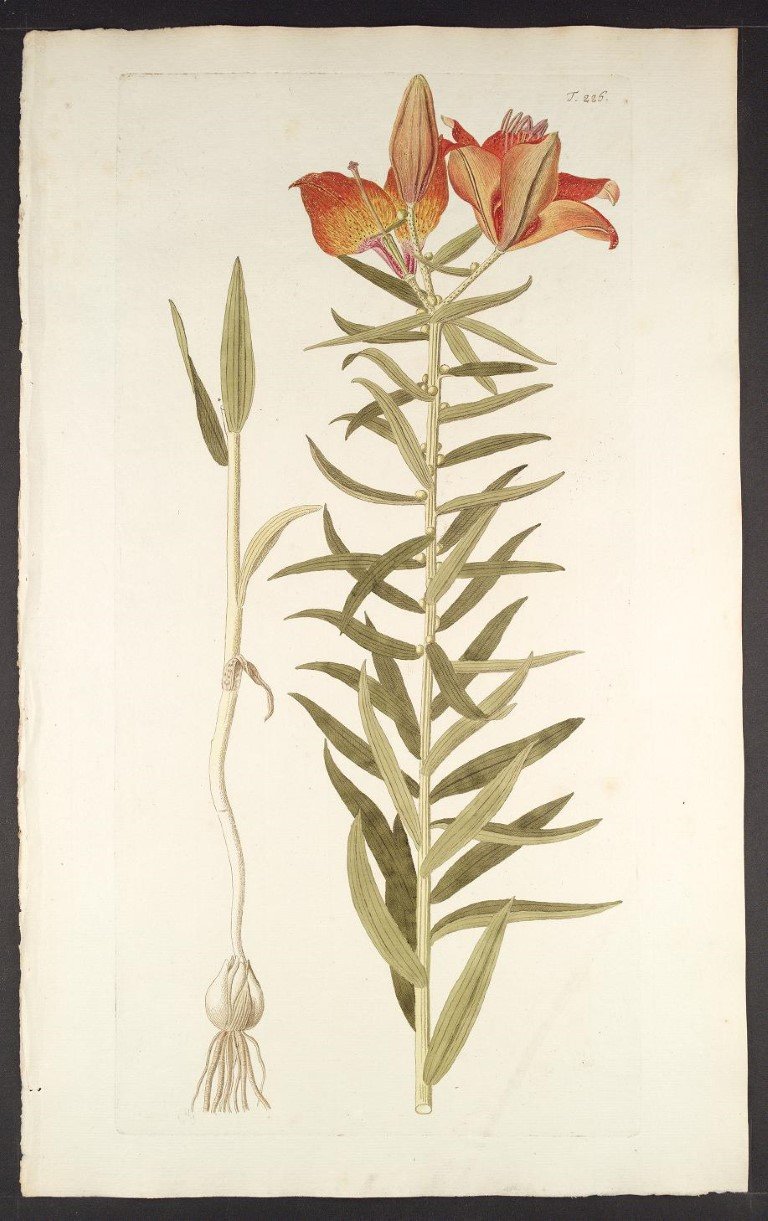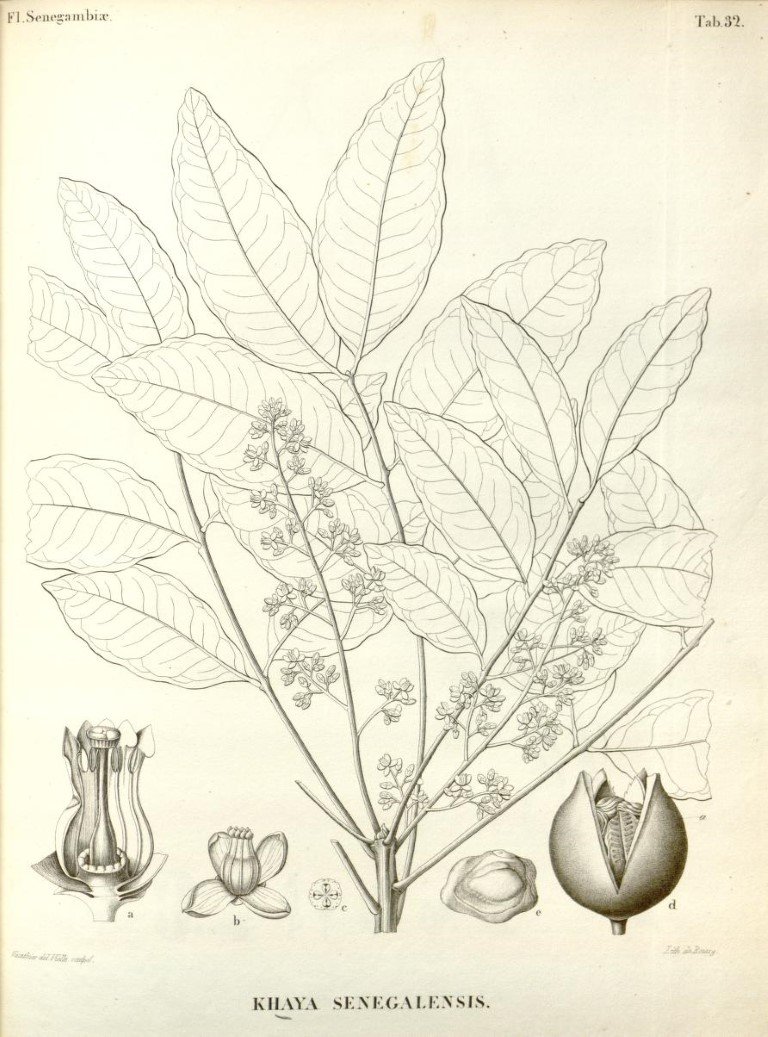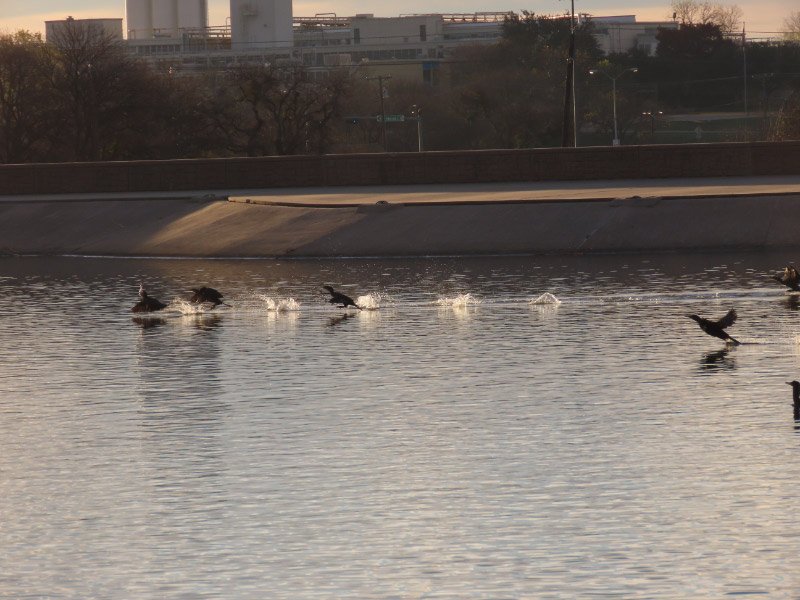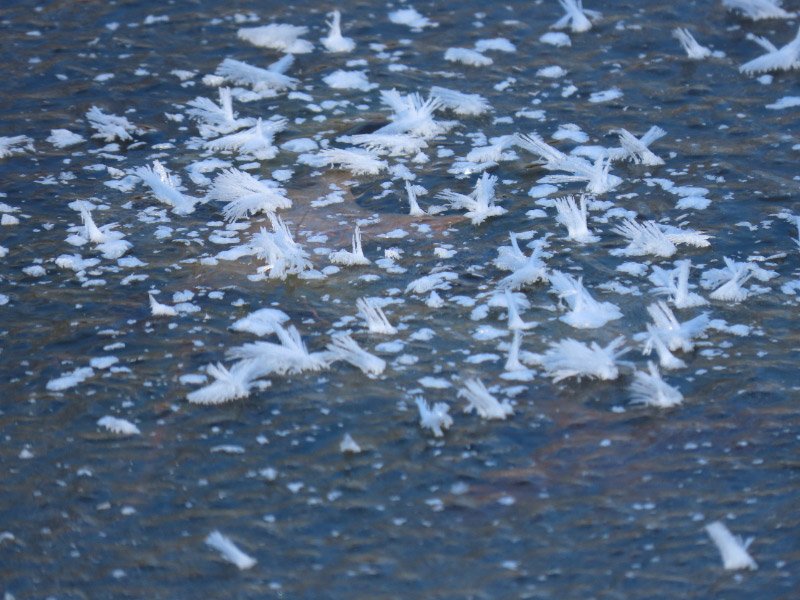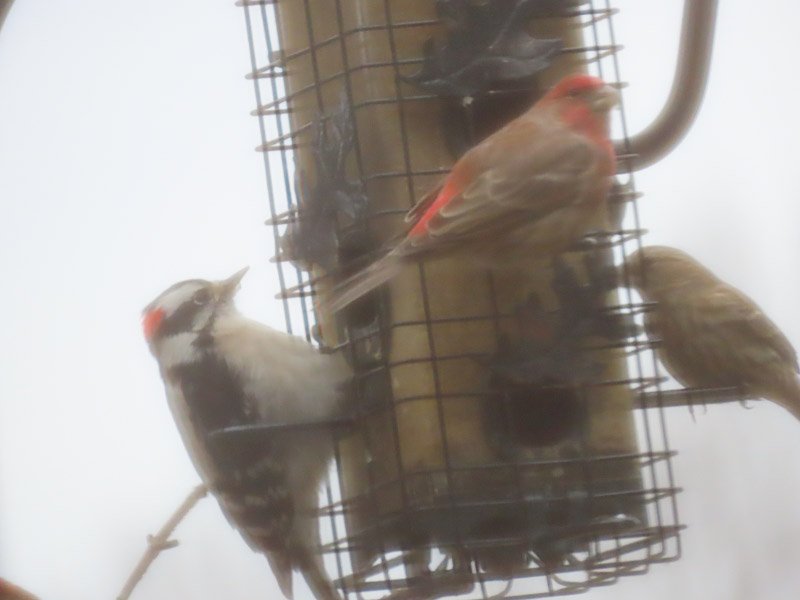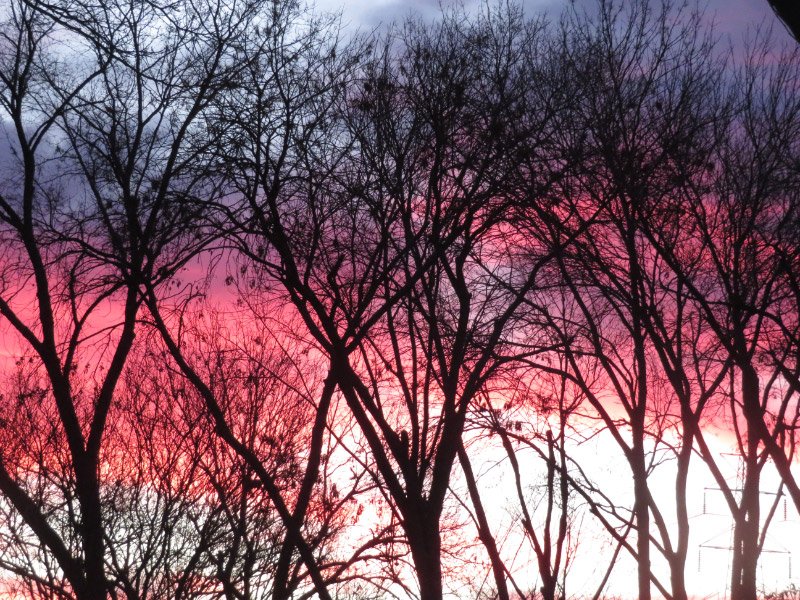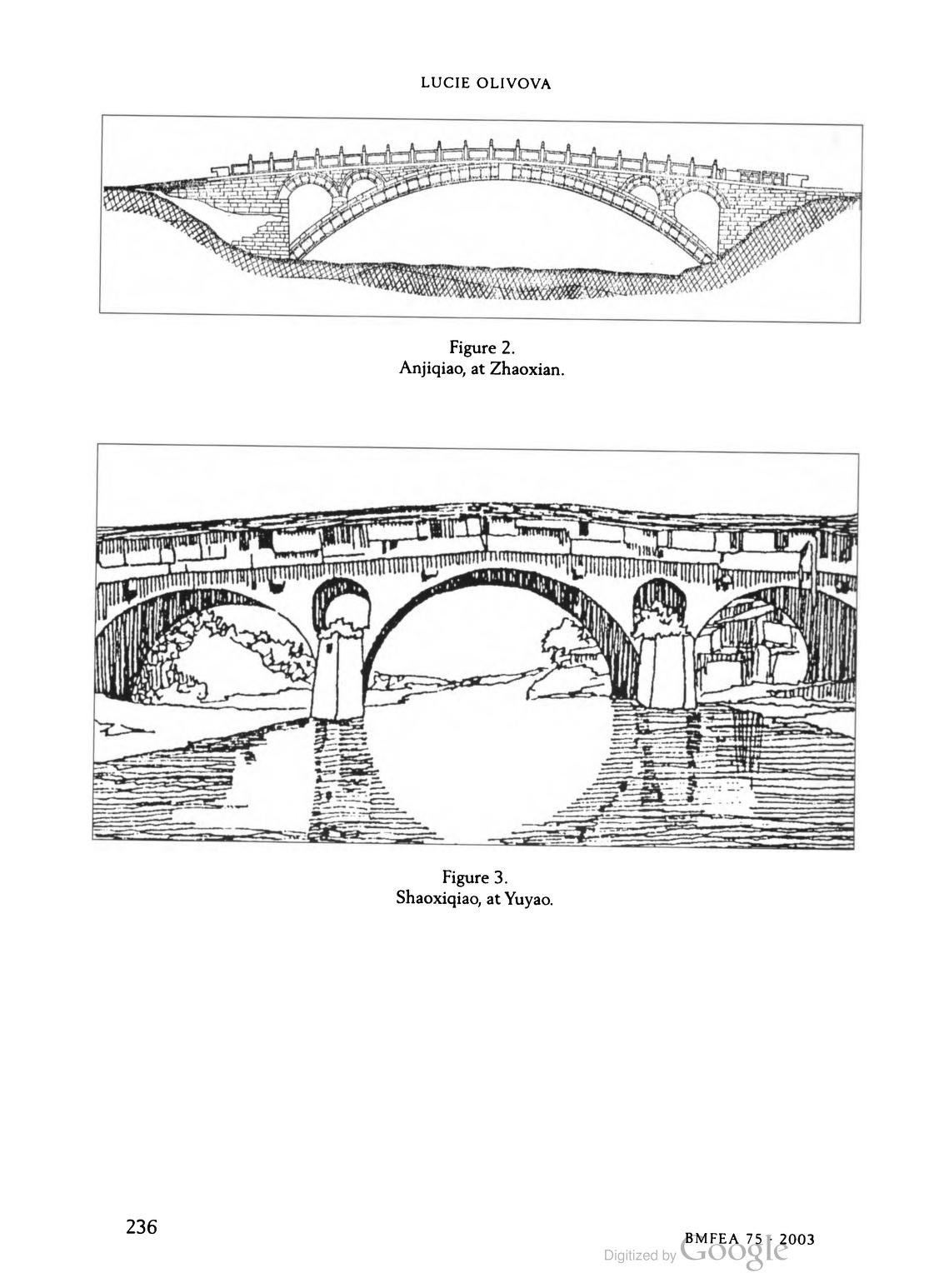Gleanings of the Week Ending February 24, 2024
/The items below were ‘the cream’ of the articles and websites I found this past week. Click on the light green text to look at the article.
Surprisingly vibrant color of 12-million-year-old snail shells – Polyenes (includes carotenoids) preserved almost unchanged…and found in fossils.
Asbestos: The strange past of the 'magic mineral' – Asbestos was woven into textiles fit for kings and used for party tricks. One 18th-Century philosopher even slept in a night-cap made from it. It was also used to make the funerary shrouds for monarchs; because it didn't burn, it helped to keep their ashes separated from the rest of the pyre. An account from Ancient Greece describes a golden lamp made for the goddess Athena, which could reportedly burn for a whole year without going out and had a wick made from "Carpathian flax" – thought to be another name for asbestos. In 1899, an English doctor recorded the first confirmed case of a death linked directly to the material – a 33-year-old textile worker who had developed fibrosis of the lungs. In the UK, all asbestos was banned in 1999, but much of the asbestos added before this date remains in place – as buildings degrade, it is posing a significant health risk.
Rise of Peru’s Divine Lords – Hilltop sites in the Andes…early examples of divine lordship - a form of leadership that would endure in Peru for more than 1,000 years.
Amid Record Drop in Fossil Power, Europe Sees Wind Overtake Natural Gas - The E.U. power sector is undergoing a monumental shift - fossil fuels are playing a smaller role than ever as a system with wind and solar as its backbone comes into view. Coal generation fell by 26 percent, while gas generation fell by 15 percent.
Student Design Competition: Integrating Solar and Agriculture - Some 2.8 gigawatts of agrivoltaics exist across the U.S. Many combine solar energy with pollinator habitat and sheep grazing. The National Renewable Energy Laboratory (NREL) is looking for new design proposals from graduate and undergraduate landscape architecture students to push the agrivoltaics envelope!
The Moon Is Shrinking, Causing Moonquakes at a Potential NASA Landing Site - Researchers examined data on moonquakes detected by lunar seismometers, which have been on the moon since Apollo program astronauts left them there more than 50 years ago. They also used mapping data from NASA’s Lunar Reconnaissance Orbiter to identify the telltale creases on the moon. Through modeling, they linked these faults to seismic activity.
Texas Reservoirs Reach Dangerous Lows - In Corpus Christi, on the south Texas coast, authorities last month stopped releasing water aimed at maintaining minimum viable ecology in the coastal wetlands, even as oil refineries and chemical plants remain exempt from water use restrictions during drought. On the lower Texas coast, the Rio Grande has not been flowing consistently, and Colorado River water releases have been minimal as that river faces shortages farther upstream.
Extreme Birding: Gull Watching at the Landfill - You can find gulls around North America (and many parts of the world), including in interior states. At least 28 gulls can be seen in North America, with additional vagrant species showing up from time to time. Individual species look different depending on age and other factors. A gull goes through three feather molts in its first year.
Poisonous Seed Stash Discovered in the Netherlands – Black henbane contained in a hollow goat (or sheep) thigh bone sealed with a plug of black birch bark…from AD 70-200.
Ocean Sponge Skeletons Suggest a More Significant History of Global Warming Than Originally Thought - An analysis of six sea sponges—centuries-old creatures with an internal chemistry that holds secrets about climate history—points to global temperatures already having increased by 1.7 degrees Celsius due to human activity --- that’s more than scientists currently agree upon….so there is a flurry of activity to corroborate the finding.














